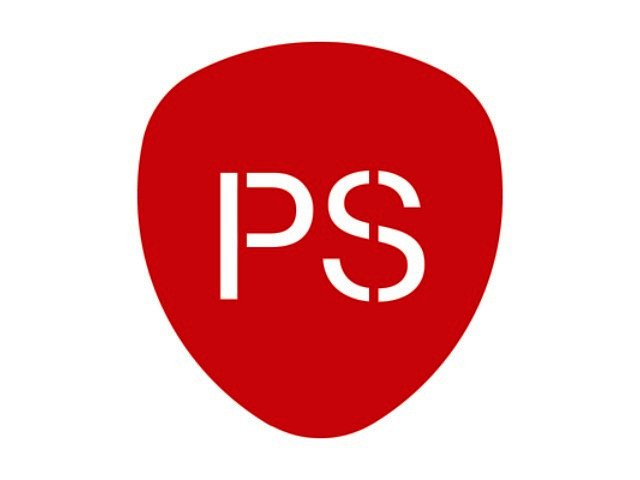Business news sponsored by:
In 2016 alone, Cristiano Ronaldo generated almost half a billion dollars in media value for his main sponsor Nike. According to Hookit, which measures social media and digital media values for brands, his over 1700 posts across social media generated 2.25 billion interactions (likes, comments, shares, retweets and video views). Nike’s logo was featured in 347 of these posts, resulting in 477 million interactions worth an estimated $499.6 million.
No longer is it enough for a brand spokesperson to just appear in a few media advertisements and receive a paycheque – they are expected to be engaged with the brand every day on their widely followed social networks.
Influencer marketing today is very different from its origins of celebrity product placement and is proving more effective than digital ads, which are increasingly filtered out by ad blockers.
According to DigiDay, $570 million was spent in 2016 on influencer marketing on Instagram alone, and this is expected to grow faster than digital adspend. Digital marketing itself is expected to overshadow traditional television as the biggest area of marketing spend as access to affordable, broadband Internet reaches more people. The drop in traditional television viewing, particularly in the 18-24 age group, means fewer opportunities for brands to reach their audiences in mass media.
Word of Mouth
A key ingredient making influencer marketing so attractive is word-of-mouth, always seen as the “holy grail” of marketing. People are more likely to trust a strong recommendation from a friend – and how many of us have imagined our favourite artist or athlete as our best friend at some point in our lives?
Influencers carry “digital word-of-mouth” - the almost instant ability to reach and drive consumers to a product or service - but the trick is to identify and engage with the right influencers.
Levels of influence
With the growth in tribes of die-hard followers of increasing numbers of sub-cultures driven by digital, influence is no longer the exclusive currency of instantly-recognisable superstars.
Media fragmentation has led to the emergence of new types of personalities that can aggressively drive the conversation around brands in their own special ways. These are broadly grouped (for now) into four categories: celebrities, influencers, micro-influencers and brand influencers.
1. Celebrities are the original influencers – mostly well-known actors, musicians and athletes. The people in this group, by virtue of their roles in society, would have been the same endorsers of big brand soft drinks, jeans and automobiles in the early 20th century. The only difference is they now have access to many more media platforms, which they can now control themselves for more authentic interactions with their fans. While an influencer ad might be hidden by ad blockers or bypassed by personal video recorders (PVR), a well-placed branded Instagram post by universal celebrities such as Bonang Matheba or Cassper Nyovest reaches the audience unfettered.
2. Influencers are individuals who have found their fame in the online space and have amassed huge audiences. These are the YouTube stars, Instagram models and Facebook entrepreneurs. Personalities such as SuzelleDIY have gained almost cult followings by offering entertaining, functional content with cross-over appeal.
3. Micro-Influencers are otherwise average people with small followings but have expertise on a particular subject. Their reach isn’t huge, but their special knowledge draws a distinct niche of loyal devotees.
4. Brand Influencers are ordinary people who are active in a brand’s social media communities, who unknowingly carry the velocity and impact of conversation. Their natural passion for the brand or topic draws attention from others and their influence grows depending on their activity.
Micro-influencers generally have between 5 000 to 50 000 followers while brand influencers might only have several hundred focused, loyal followers. Influencers and celebrities usually have millions of followers on various platforms, with celebrities usually commanding the biggest follower numbers due to their mainstream prominence.
While influencers might not be skilled professional journalists or commentators, people listen when they have something to say, their followers most of all. The lack of media diversity in South Africa means consumers have fewer platforms from which they receive quality content, driving up the demand – and respect - for brand influencers.
However, the limited pool of big celebrities and influencers means that brands are constantly tapping into the same personalities, decreasing influencer authenticity and impact. This is where micro-influencers and brand influencers can come into their own, with a little help from some cutting edge artificial intelligence technology
Deep-diving into real influencers
In the shortage of fresh celebrity influencers, software platforms such as Continuon can now unearth a wealth of brand influencers previously untapped. The powerful personalised marketing and social technology uses advanced computational statistical algorithms to analyse brands’ social media communities, enabling them to identify authentic brand influencers who drive the velocity of conversation within their communities.
Rather than looking at the often-misleading metric of follower numbers, Continuon can deep-dive into the velocity of conversation, its relevance and resonance, identifying the drivers and leaders. It also filters out the “noise” – those who look like they might be influencers, as they engage with the content and may have large networks, but whose engagements have zero impact.
The output of the Continuon algorithm is a list of the brand’s true influencers – members of the online community who are highly engaged with the content, drive others to engage with it, and make a measurable impact.
As the importance of influencers continues to rise, the South African marketing industry will need to take a much more strategic approach to influencer marketing – decide what influencer type is the most relevant to their brand, and identify genuine, effective brand advocates using a combination of gut-feel and smart tech.






